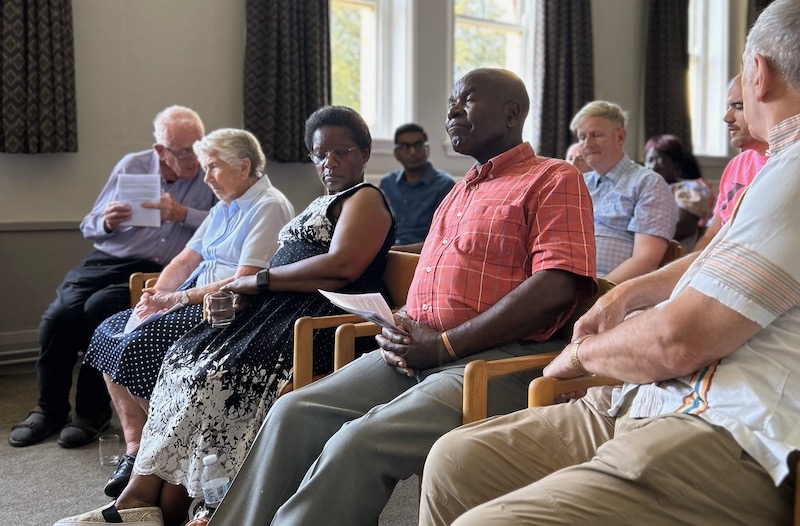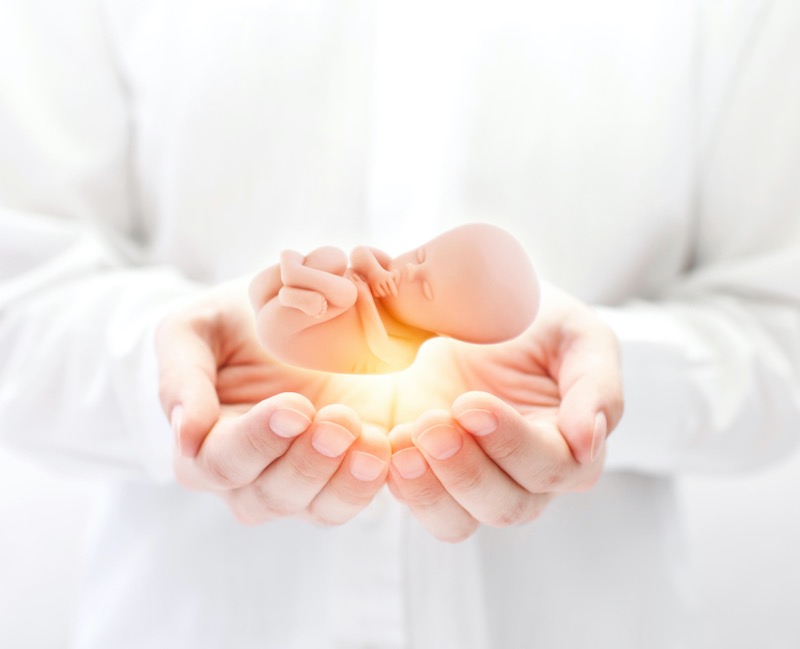CHLOE is not only a popular girls name. CHLOE is also the name of a new AI-based decision support tool in use in a handful of fertility clinics. Developed by the Israeli company Fairtility, “Cultivating Human Life through Optimal Embryos” (CHLOE) has been promoted as a tool to, in the words of the company, help improve IVF outcomes by helping to determine the likelihood of an embryo becoming a viable pregnancy. CHLOE is used to monitor and analyse embryos so that embryologists can make “better decisions” on which embryos to implant. The AI tool has been clinically tested on more than 50,000 embryos and works by grading and giving a score to an embryo based on an algorithm. So while the AI tool has this name, CHLOE, the human being at this early stage is just a number, one that is analysed, graded and given a score for quality.
One of the reasons why AI is being used in IVF procedures, or what is now known as the IVF journey, is that the prospect of achieving a live birth is relatively low: success rates are around 32 per cent for women under 35. The term IVF journey is very fitting. For many couples, discovering that they cannot have a child is absolutely devastating. There are many heartbreaking stories of feeling a failure, sensing injustice, disappointment, guilt, jealousy and anger. Deciding whether to come to terms with infertility and the reality that you may never have your own children or whether to take a chance with technology and the prospect of a baby is a difficult choice. But it is clearly a no-brainer for some, as reproductive technologies, IVF and surrogacy are now commonplace. Note that surrogacy is now often regarded merely as another reproductive technology.
For someone who is not in a relationship or is in a same sex partnership, reproductive technology may be the only way to achieve a pregnancy. Desperate couples know they will love their embryos and their children no matter what and so they do not dwell too much on the means through which their embryos come to be. Indeed, most couples start out with the intention that every embryo will be saved. For these couples their embryos are never merely a number or a product resulting from an experiment putting sperm and egg together to see what happens in the laboratory. The journey is emotionally fraught, physically draining, maybe straining finances and relationships. For the lucky ones, the procedure will produce a few embryos. The best one will be transferred, others frozen, possibly to be used at a later date, or donated. The “less good” others may be designated as spare. Doomed to die, they may be used in research or disposed of as medical waste alongside unwanted fresh and defrosted embryos.
In legislation developed from the 1984 Warnock Report, the embryo has a “special status”. However, this special status is ambiguous: on the one hand, the embryo is desperately wanted both by couples and by researchers for observation and experimentation. Clearly these two different desires for embryos are for greatly different outcomes. On the other hand, the embryo seems expendable as “it”, although it is already biologically a he or a she. The embryo can be frozen, designated spare, given away or destroyed in research: CHLOE was tested on 50,000 embryos.
The Human Fertilisation and Embryology Authority (HFEA), the organisation that regulates fertility clinics, is rightly concerned with “add-ons”. These are extra treatments that are added on to regular IVF at an additional cost to the patient (who does not need to be in a relationship). The HFEA is concerned that many of these add-ons raise people’s hopes for a baby without an adequate evidence base. However, with fertility becoming big business, little regard is given to embryos themselves because in essence they are seen as raw material.
Church teaching in its documents Donum Vitae (CDF, 1987) and Dignitas Personae (CDF, 2008) acknowledges the deep sorrow that accompanies infertility, as does Scripture. Indeed, the CDF recommends technologies that assist married couples to conceive as long as this assistance does not totally replace the loving union of the couple. But the Church reminds us all that the dignity of a person must be recognised in every human being from conception to natural death. The embryo from his or her beginning has the dignity of a person. The CDF does not say that the embryo is a person because in today’s world the concept of the person is philosophically confused: if you naively think that persons are rational individuals then you may find yourself ruling out infants, people with cognitive disabilities, elderly people with dementia, since they may not actually exhibit rationality. And you may have trouble with conjoined twins who are one individual (body) but often two different personalities. Rather, the CDF, now the Dicastery for the Doctrine of the Faith, speaks of embryos as having the dignity of persons because with every embryo the new adventure of a human life has begun. This means that, regardless of how the embryo came to be, whether through the experiment of IVF or naturally or even through violence to the embryo’s mother, every embryo cannot be a number or raw material and should not be observed, checked, graded or scored. Every embryo is a someone not a something. The embryo is not a number.
Dr Pia Matthews is a Senior Lecturer St Mary’s University.



 Loading ...
Loading ...
What do you think?
You can post as a subscriber user ...
User comments (0)